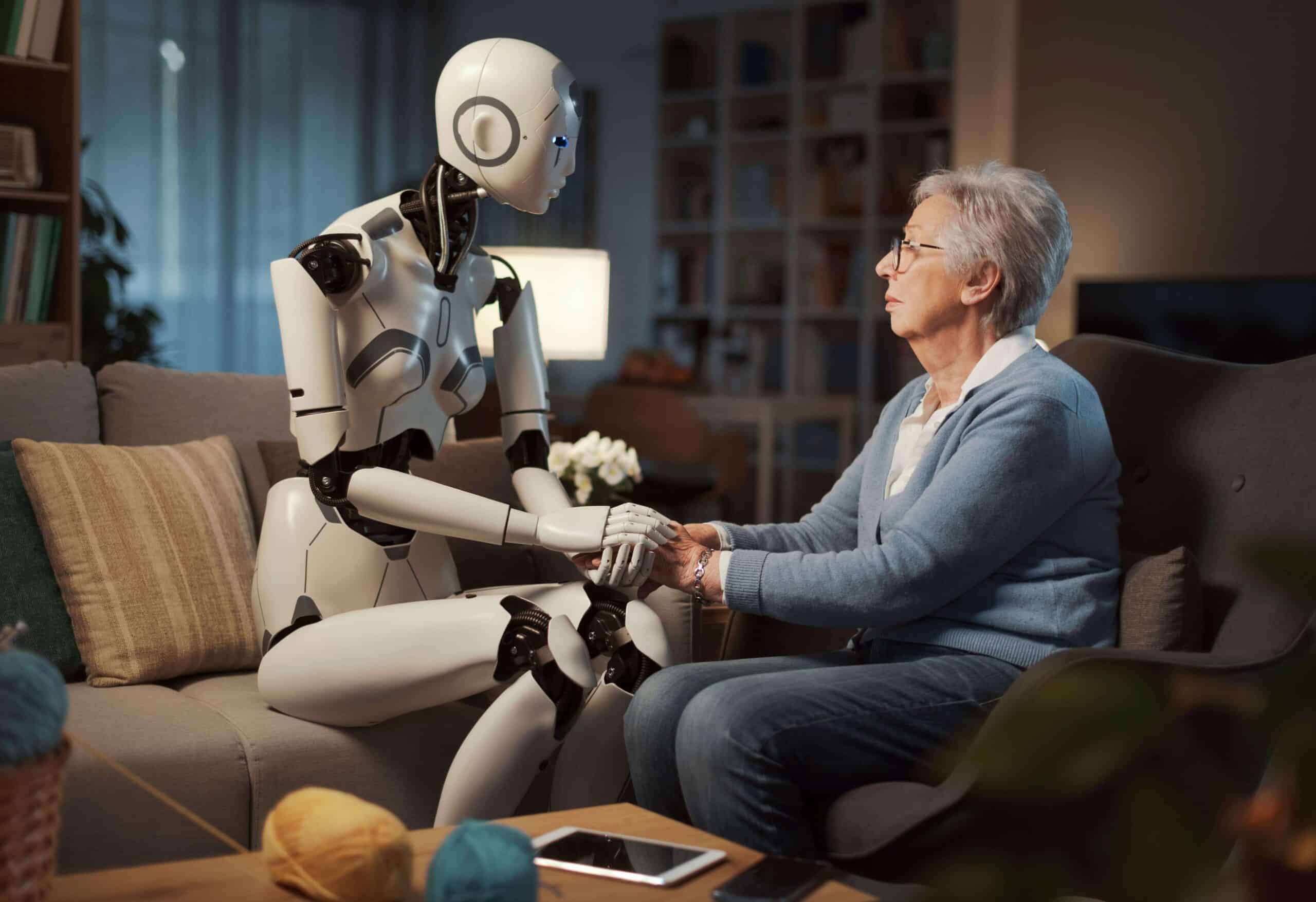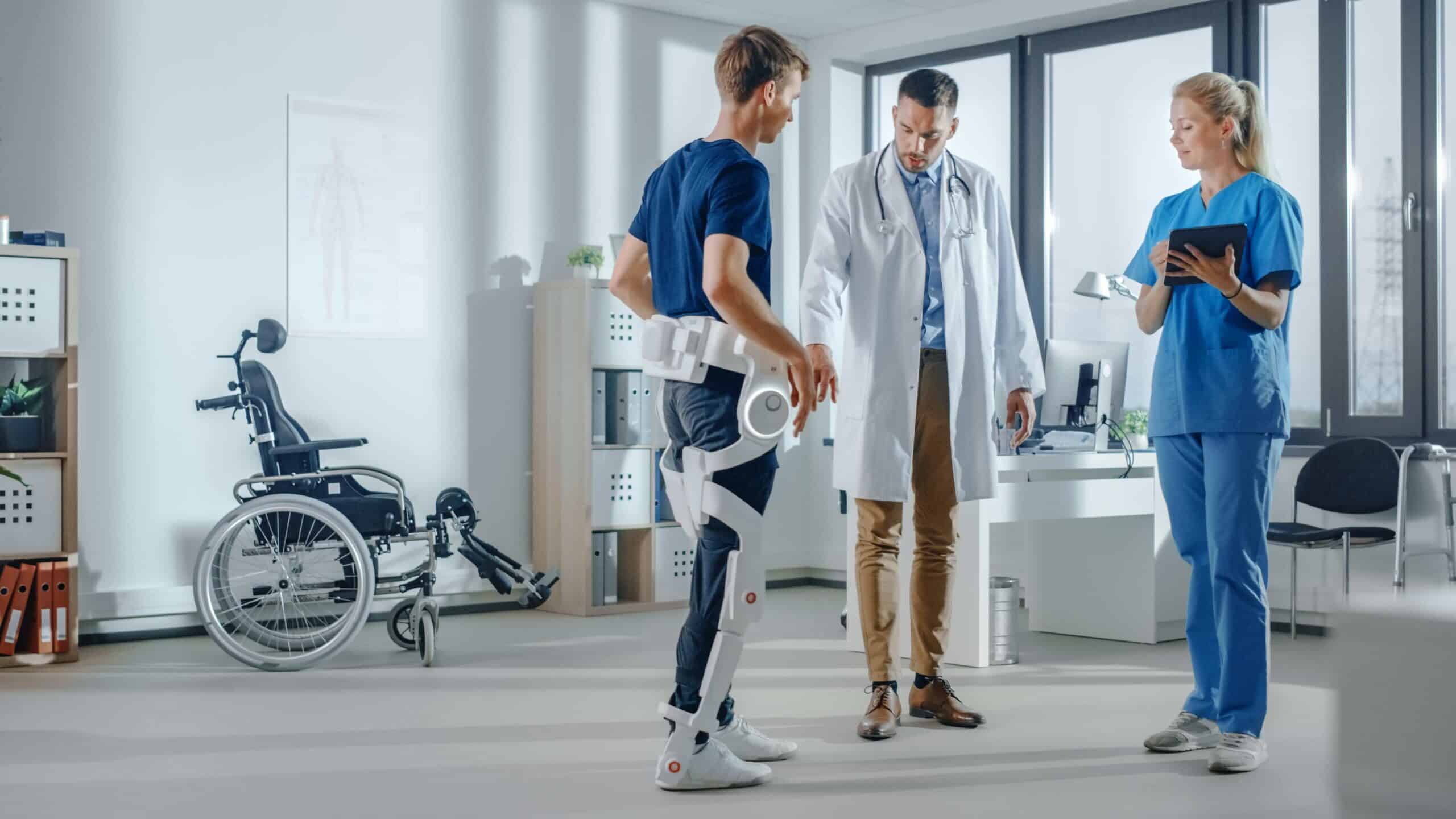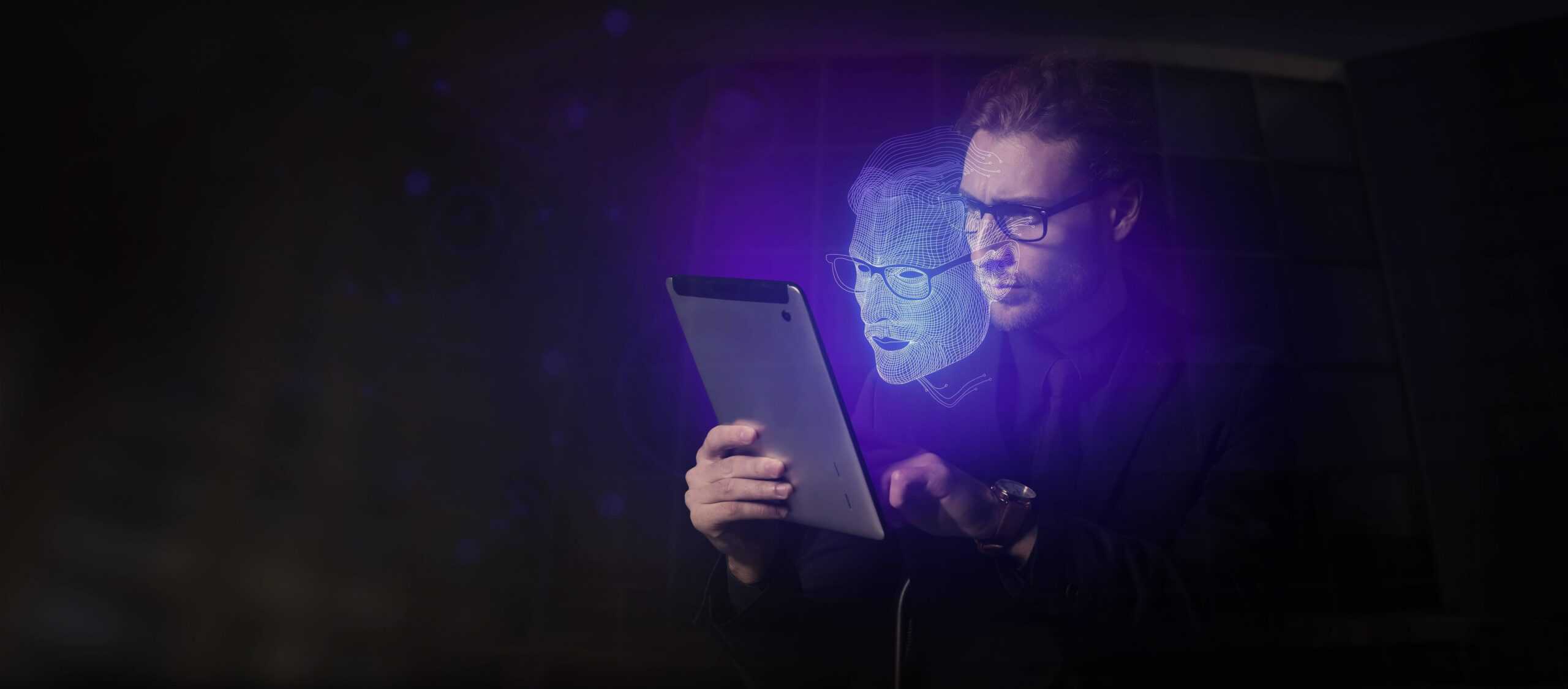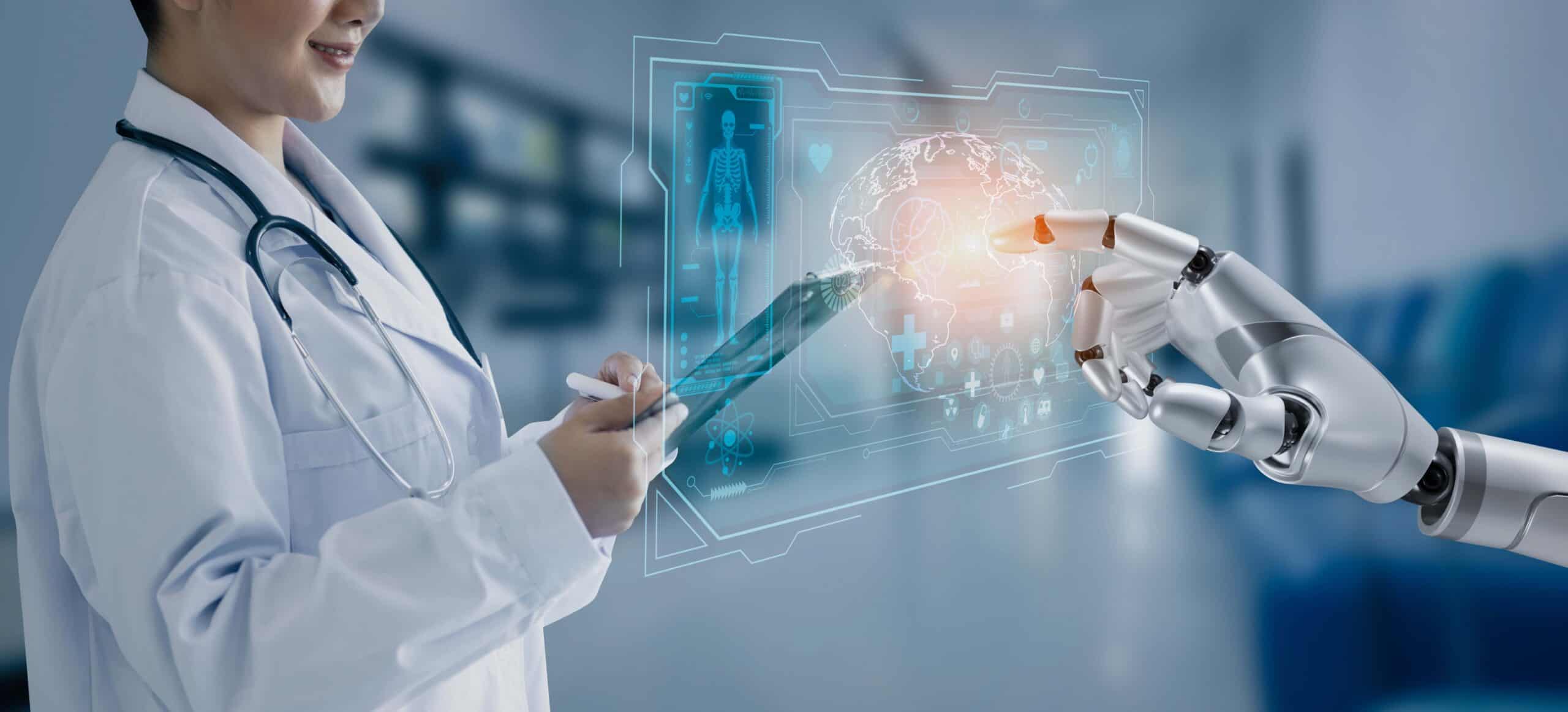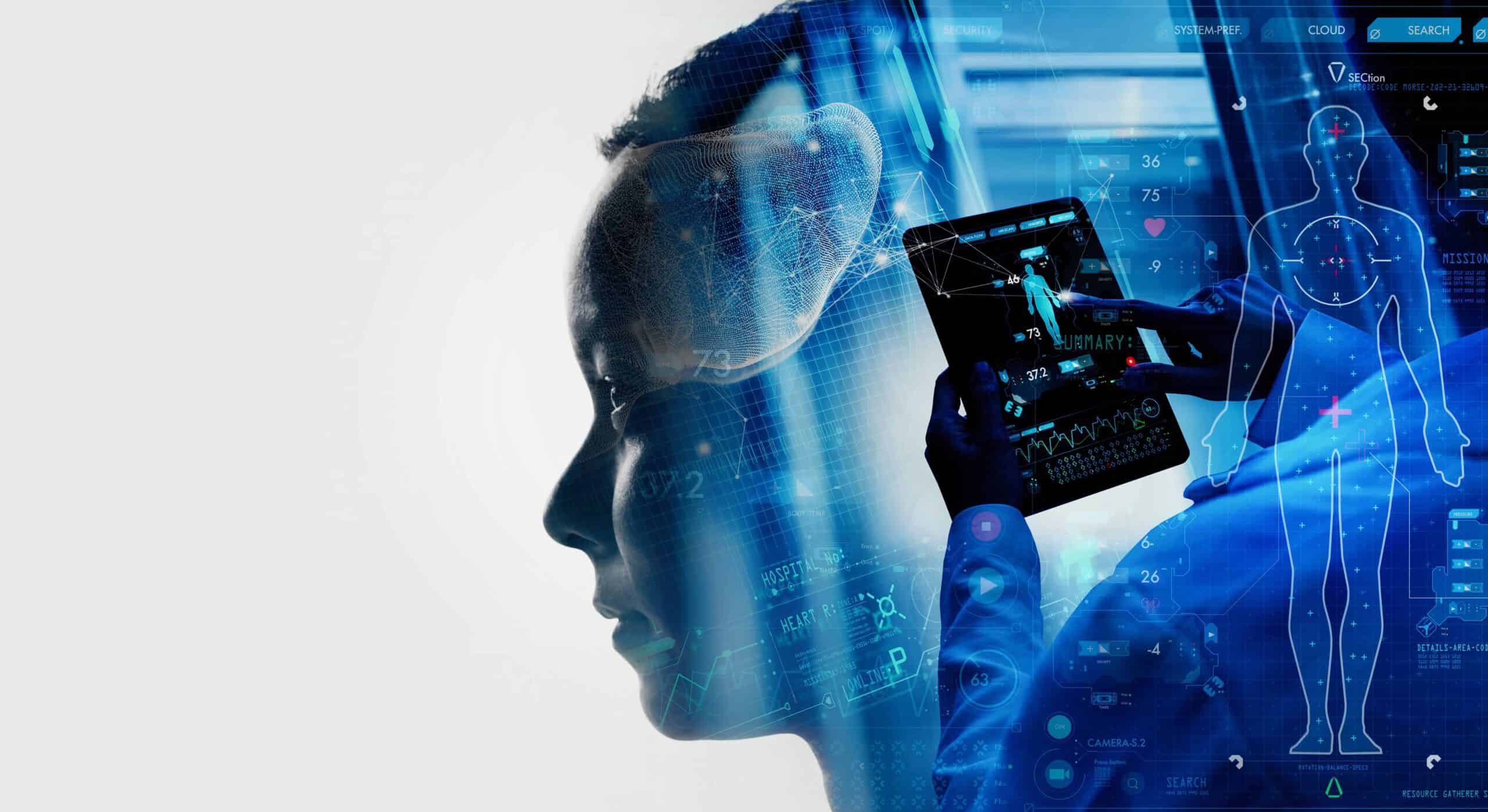- Muhammad Aurangzeb Ahmad: the man who wants to cheat death
- Exploring the frontiers of what it means to live and die
- John Bischof has found a way to freeze – and defrost – human organs
“The life of the dead is placed in the memory of the living,” wrote Cicero, expressing a simple truth – when we die, we live on in the memories of those who love us. Soon, however, tech advances may make remembering those who’ve passed on far easier or – if recent developments continue – even allow us to cheat death altogether. This may sound impossible, but innovations in death-tech are changing the rules and redefining the future.
Muhammad Aurangzeb Ahmad, a computer scientist and researcher of personality emulation, is working to create simulations of the deceased. His goal is to provide positive, engaging relationships with the dead, keeping our loved ones ‘alive’. And Dr Himanshu Bansal’s recent research into reversing brain death is asking the big questions. At the same time, John Bischof, a specialist in cryonics at the University of Minnesota, has demonstrated new approaches of cooling and thawing whole organs, paving the way for further experiments that might bring this once laughable pseudo-science into the mainstream. Are you ready for the future of death?
Muhammad Aurangzeb Ahmad: the man who wants to cheat death
Ahmad lost his father a few years ago, and he says that his desire to explore how we might simulate the deceased arises from his need to see his daughter interact with her grandfather – she was born after he died. His idea is as elegant as the tech is daunting. Using machine learning, natural language processing, and virtual reality, his hope is to create simulations that allow a form of idealised interaction. Rather than the impossible task of recreating the dead, Amhad wants to create a real experience by drawing on memory and the ease with which we ascribe personality to inanimate things. If he can provide a life-like idealisation of the deceased – a simplified, ‘niced-up’ version of a loved one that can pass an emotional Turing test – he’ll reach his goal. “My project”, he writes for Aeon, “focuses on making experiences of a deceased person possible – but not necessarily experiences with the deceased.”
That is, he’s not trying to bring the dead back to life as much as provide lasting emotional comfort in the face of incalculable loss. “Imagine if you didn’t have to say goodbye forever to anyone (that is, until you yourself die). A friend’s death would be met with bereavement and deep sadness, of course. But at any moment in the future you would still be able to spend time laughing and reminiscing with a simulation so similar to your friend that it would be difficult to tell the two apart.” What matters, Ahmad thinks, is that the simulation ‘feels’ real, that it provides an emotional connection that blunts the edges of grief and allows a new kind of closure.
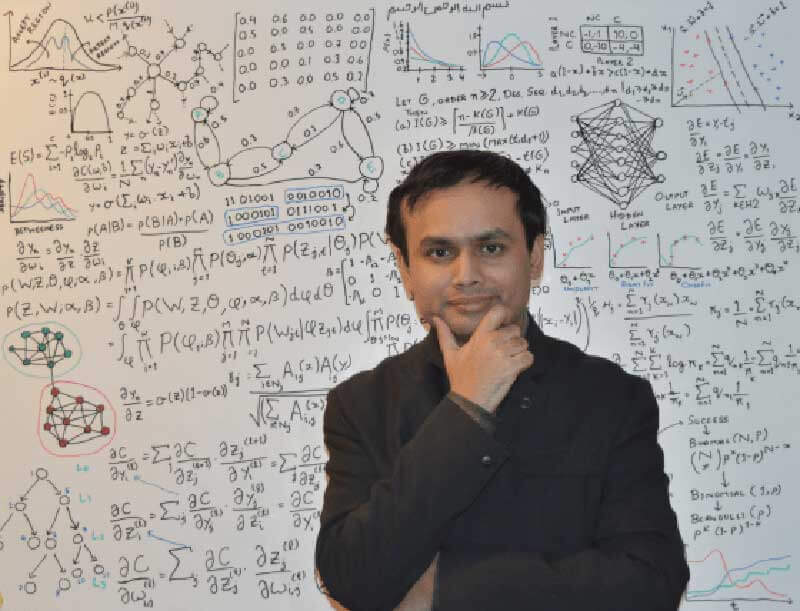
Exploring the frontiers of what it means to live and die
In collaboration with Revita Life Sciences and Bioquark Inc, Dr Himanshu Bansal is exploring the frontiers of what it means to live and die. When the human body suffers catastrophic injury, hospitals can maintain artificial circulation and breathing while the patient suffers what doctors call ‘brain death’. Essentially, this means that the brain stem – the lowest and deepest part of the brain – no longer regulates autonomic functions like body temperature, heartbeat, and breathing. Caregivers are careful with this diagnosis because it means hope is lost. And even though the body is technically alive on life support, the ‘person’ is gone.
But our understanding of brain death is constantly evolving, and Dr Bansal is pushing the boundaries of what’s possible. By forcing amino acids and undifferentiated stem cells into the brain, he’s demonstrated that basic function can be restored to the otherwise dead. But his results haven’t exactly been the stuff of science fiction – two patients, he claims, have moved from ‘dead’ to ‘minimally conscious’. Last year, he wanted to start a limited study on 20 brain dead test subjects. The CEO of Bioquark Inc., Dr Ira Pastor, explains that this research is the first advance toward the end of death as we know it, “the first trial of its kind and another step towards the eventual reversal of death in our lifetime”.
Not everyone’s convinced, however. Dr Dean Burnett, from the Centre for Medical Education at Cardiff University, expressed his doubts in no uncertain terms. “While there have been numerous demonstrations in recent years that the human brain and nervous system may not be as fixed and irreparable as is typically assumed, the idea that brain death could be easily reversed seems very far-fetched, given our current abilities and understanding of neuroscience. Saving individual parts might be helpful but it’s a long way from resurrecting a whole working brain, in a functional, undamaged state.”
Priyanka Pulla, writing for the Wire, notes that Dr Bansal’s credentials make him unfit to lead this kind of research. His specialisation, it turns out, is orthopaedics, not brain surgery or stem cell research. And his publications avoided peer review, calling the findings into question. Perhaps even more damning, his proposed human trial wasn’t approved by Indian regulators at the National Apex Committee for Stem Cell Research and Therapy. Dr Bansal, not easily discouraged, has now turned to Latin America to restart the trial. Dr Ariane Lewis, a neurologist at the NYU School of Medicine, and Arthur Caplan, a medical ethicist, however allege that “this trial borders on quackery”, involves “blatant conflict of interest”, and “provides families of brain dead patients a cruel, false hope for recovery”. The best we can hope for, it seems, is that Dr Bansal pushes scientists and researchers to reach deeper for possible insights about brain death and its consequences.
John Bischof has found a way to freeze – and defrost – human organs
But not everyone exploring our demise is grasping at straws. Until now, the idea that we could cool and then rejuvenate human tissue on any scale larger than sperm and eggs was pseudoscience. The problem, researchers explain, is that the process of thawing large tissues results in the formation of ice crystals. These frozen shards puncture cells and do irreparable damage to the tissues. It’s unlikely that science, however advanced, will give us a way to safely freeze and then defrost humans in the near future. And as Clive Coen, a neuroscientist at King’s College, explains for the Guardian, “The main problem is that the brain is a massively dense piece of tissue. The idea that you can infiltrate it with some kind of anti-freeze and it will protect the tissue is ridiculous.”
Since we don’t yet have the technology to explore full-body cryonics to the fullest potential, we’ve turned to exploring this tech for individual organs. Until very recently, however, mainstream scientists like Coen were more than sceptical. But John Bischof and his team at the University of Minnesota think they’ve found a way. By pumping the cooled tissues full of nanoparticles of silica-coated iron oxide and then gently heating these with a magnet, they could uniformly warm dense tissues, preventing ice crystals from forming. Bischof is careful – this isn’t ready for cryonics as you might imagine it, and no one’s going to be waking the dead (and frozen) anytime soon. But for organs that have been harvested for transplant patients, this technique could be a lifesaver. In that sense, at least, Bischof’s research is beating back death already.


